Anthurium plants, also called flamingo flowers for their unique, bright red, green, and white colors. The name Anthurium is Greek for “Tail Flower.”
Anthurium flowers are actually modified colorful heart shaped leaves called spathes. They appear atop single spikes emerging from a central stem and each spathe has a pencil-like structure in its center where tiny white, red, or yellow flowers appear.

Anthuriums grow best indoors and can be picky about light, temperature and humidity. Once you find a good location for your plant, care is fairly straightforward and beautiful flowers and foliage make them worth the effort.
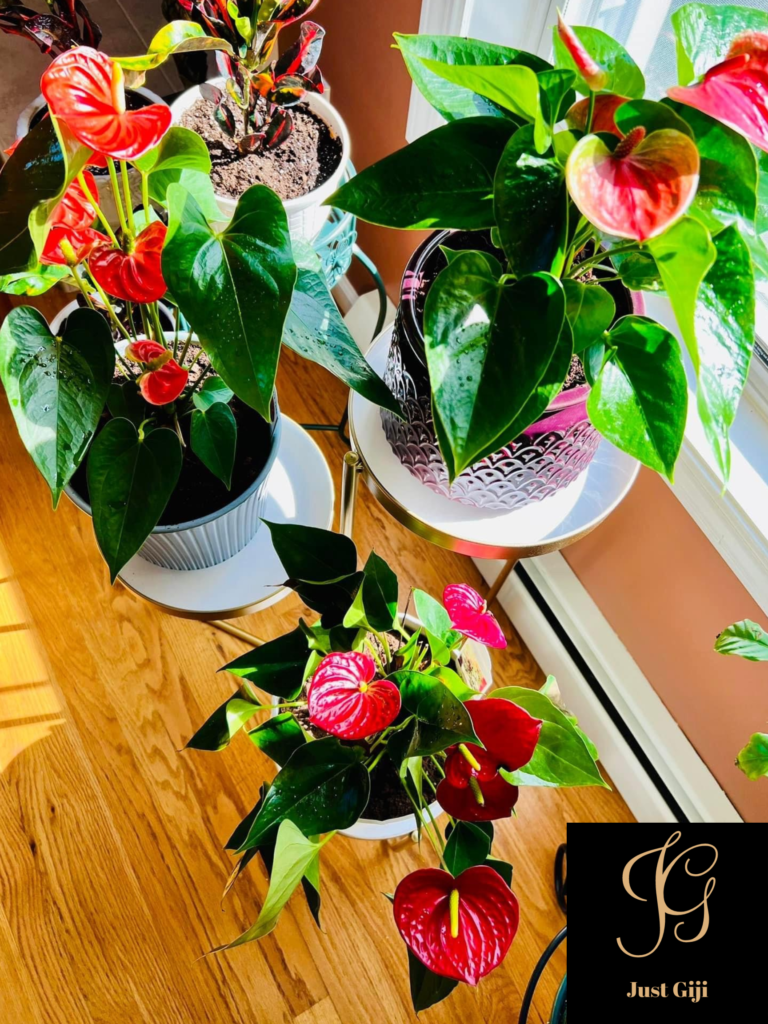
Watch the below video for how to care, and the best growing conditions for Anthuriums:
Types of Anthurium
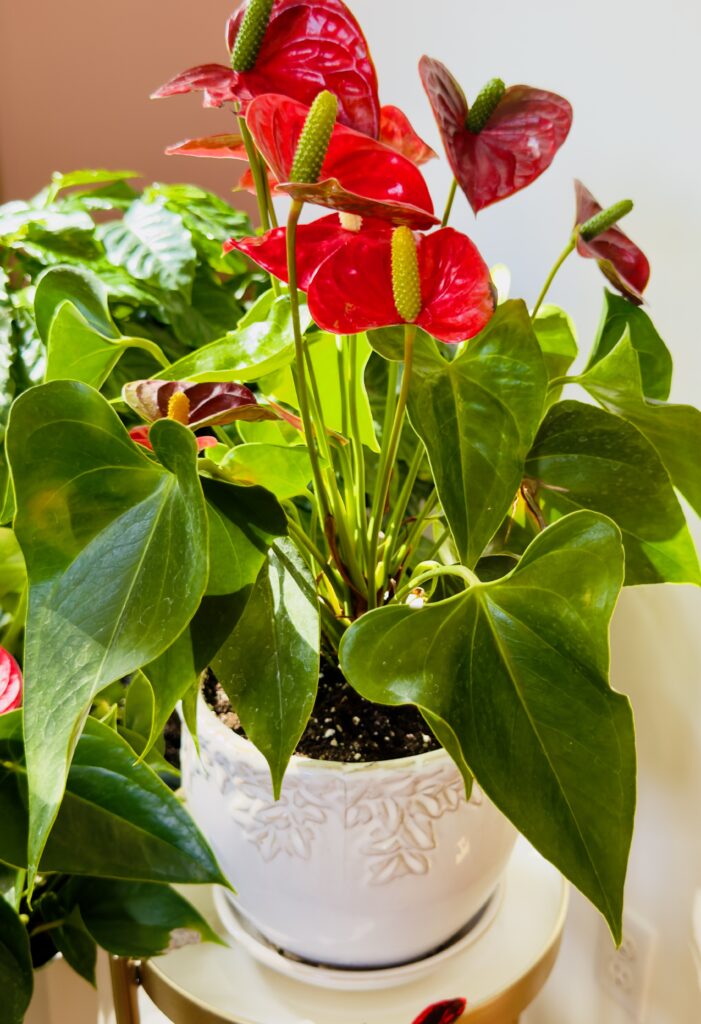
Andreanum
Heart-shaped leaves that grow a little over a feet with red, white, pink, and variegated flowers, and distinguished by a straight flower spike.
Scherzerianum
Features a curling orange flower spike and arrow-shaped leaves.
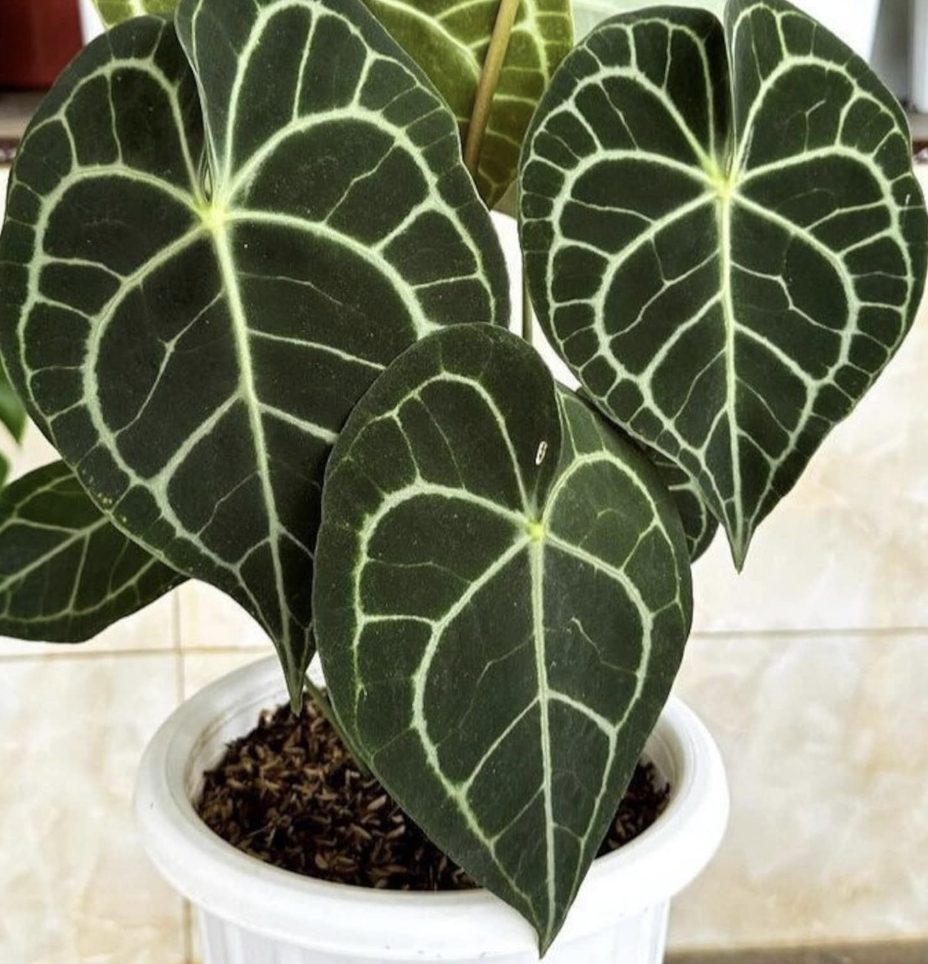
Crystallinum
Deep green, velvety leaves with pronounced white ribs, and leaves grow around two feet across.
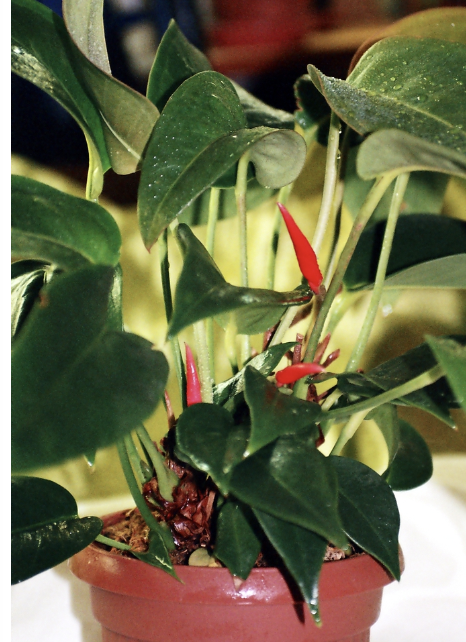
Faustomirandae
Monster-sized plant with cardboard-stiff leaves, grows over 5 feet, almost exclusively a greenhouse plant.
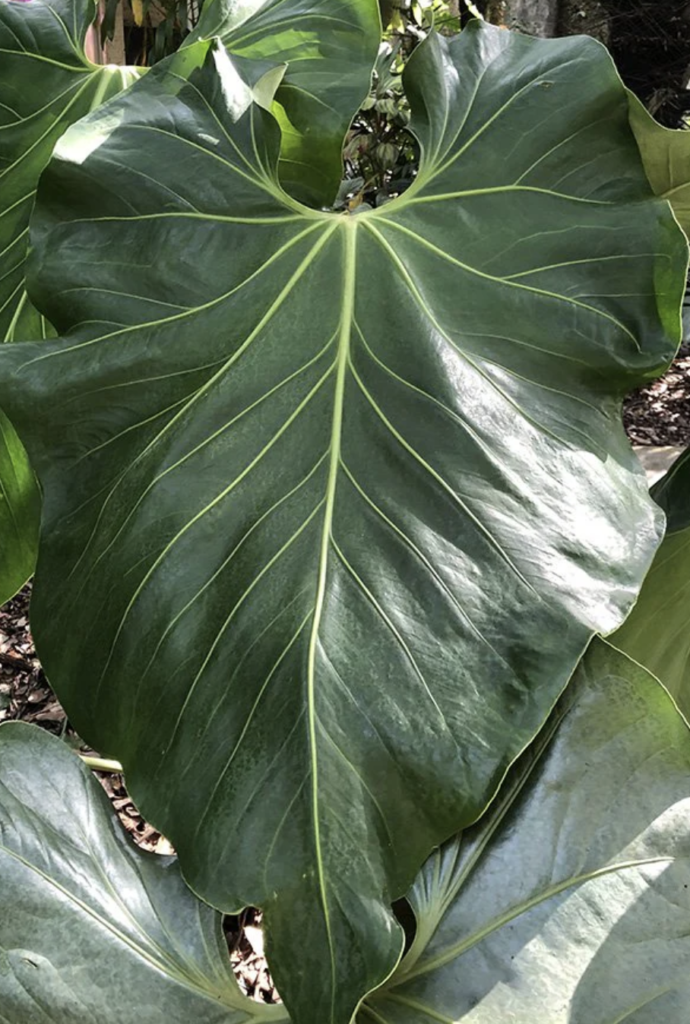
Anthurium Pests and Diseases
Anthuriums can be affected by a number of pests and diseases. The most common anthurium pests include thrips, spider mites, fungus gnats, mealy bugs, aphids, and scale. Ants are a also sign of aphid infestation and feed on the aphid’s sticky residue.
Symptoms: Stunted growth, yellowing leaves, scarring, and tiny dots on the leaves’ surface can indicate pests.
Treatment: Use neem oil or insecticidal soap.
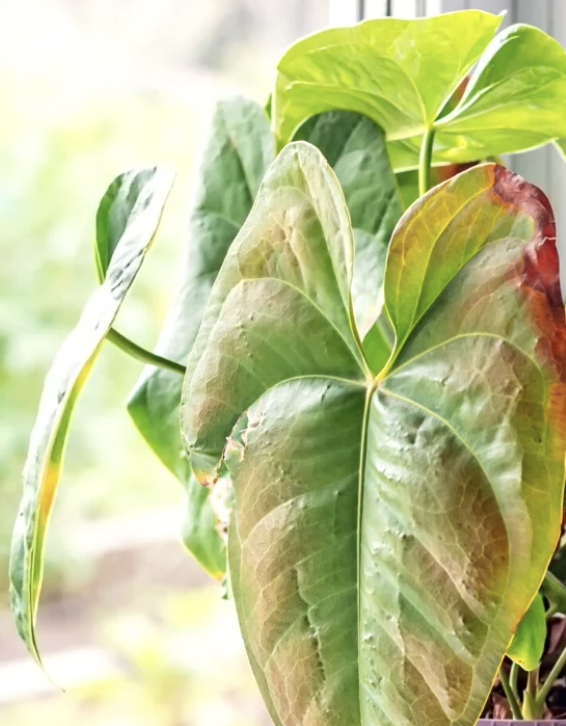
Bacterial Blight
This disease is caused by Xanthomonas, and is considered to be one of the most serious diseases that can affect anthuriums. The bacteria enter the plant through pores on the leaf margins, or through wounds from pruning or insects.
Symptoms: Water-soaked spots near the leaf edges, yellowing around those spots, or dark brown discoloration on the main stem.
Prevention: Avoid overwatering, and Ensure good air circulation around the plant. Liquid copper spray can be used as a preventative treatment against bacterial blight in anthuriums, especially when applied early.
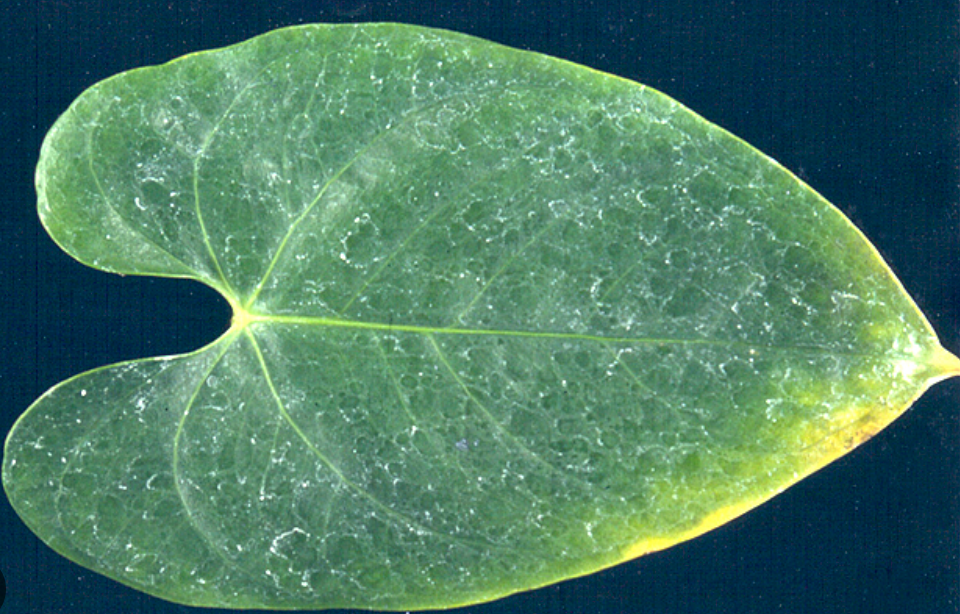
Common Problems With Anthurium
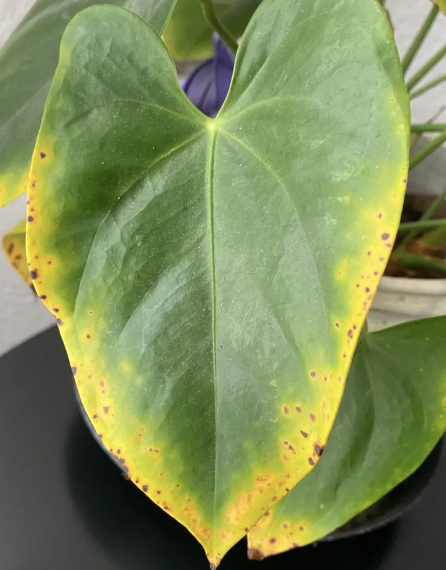
Yellowing Leaves
Too much direct sunlight may cause anthurium leaves to turn yellow. Bleached and brown tips also indicate too much light. Move the plant a little further away from the window. Yellowing leaves can also result from bacterial wilt.
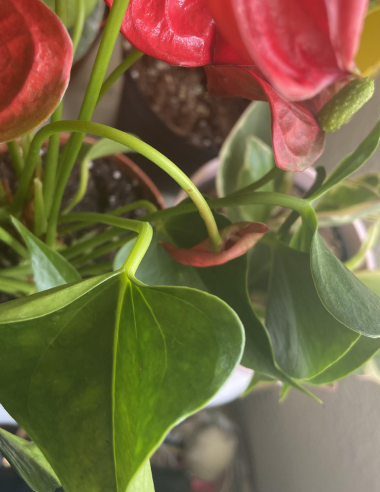
Floppy Leaves
Rhizoctonia is a fungus of roots and lower stems. It causes young stems to become weak and floppy and is usually due to overwatering.
What an awesome blog site! Thanks for sharing these. Great useful information. Keep posting videos like these. You have my vote!!
Thank you for all your kind words. Really appreciate it!
Great information and thanks for sharing 🙏👏